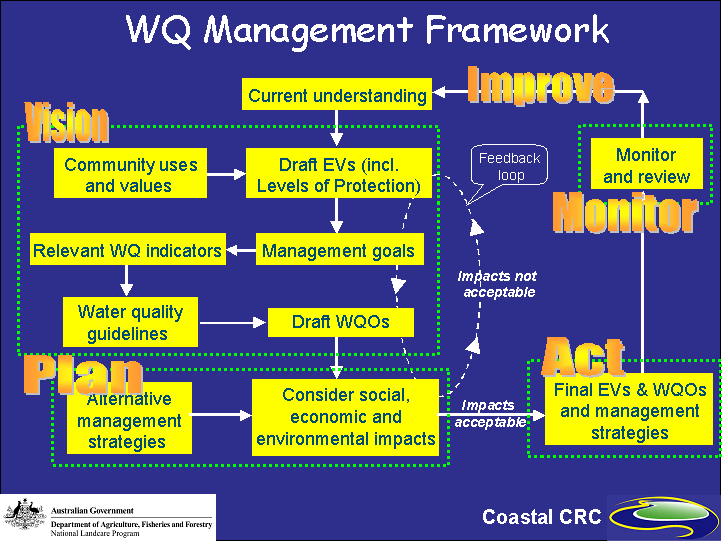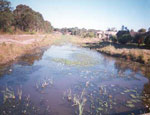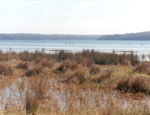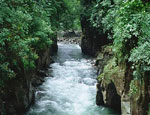Water Quality management in Australia is guided by the Australian National Water Quality Management Strategy Guidelines (NWQMS) (ANZECC & ARMCANZ 1994). The National Water Quality Management Strategy (NWQMS) has a policy objective:
To achieve sustainable use of the nation’s water resources by protecting and enhancing their quality while maintaining economic and social development.

The NWQMS documents provide nationally agreed policies, processes and guidelines that form part of the Council of Australian Governments’ water reform agenda. The documents provide the information and tools to help communities protect and enhance the quality of their water resources while maintaining economic and social development.
The principal guidelines that will be used for the purpose of the Environmental Management module in OzCoast are:
Guideline 3 : Implementation Guidelines
Guideline 4 : The Australian and New Zealand Guidelines for Fresh and Marine Water Quality (2000) – the ‘Water Quality’ guidelines; and
Guideline 7 : Australian Guidelines for Water Quality Monitoring and Reporting (2000) – the ‘Monitoring’ guidelines.
Guidelines 3, 4 and 7 play an important part in developing catchment management plans.
Guideline 3 outlines the process for Governments and the community to prepare and implement plans to manage Australia ‘s water resources. This guideline provides the principles and processes for establishing management actions that aim to protect the ‘environmental values‘ (EVs) or uses agreed to by the community for their particular water body.



The Water Quality Management Framework has been based on the process described in the Implementation and Water Quality Guidelines. The benefits of using the framework include:
- It shows how all activities fit together;
- It provides the opportunity for a National consensus on a view of the way forward
- It shows how science supports integrated water planning and management.
Guidelines 4 and 7 provide planning guidance and practical tools for managing, monitoring and reporting on water quality from a regional and catchment perspective. For example, Guideline 4 includes detail on:
- Identification by communities of environmental values (EVs) that require protection.
- The identification and establishment of management goals/objectives for water quality tailored to local conditions and designed to protect the designated EVs (or uses). The set of water quality guidelines that protect all EVs selected for a particular water body become its water quality objectives;
- The initiation of a management response to meet those water quality objectives; and
- The establishment of a monitoring program and assessment program to gauge achievement of the water quality objectives.
Guideline 7 provides the guiding principles for:
- Setting the objectives of monitoring programs to achieve management goals;
- Study design and establishment of a field sampling program;
- Laboratory or field analysis;
- Data analysis and interpretation; and
- Reporting and information dissemination.


